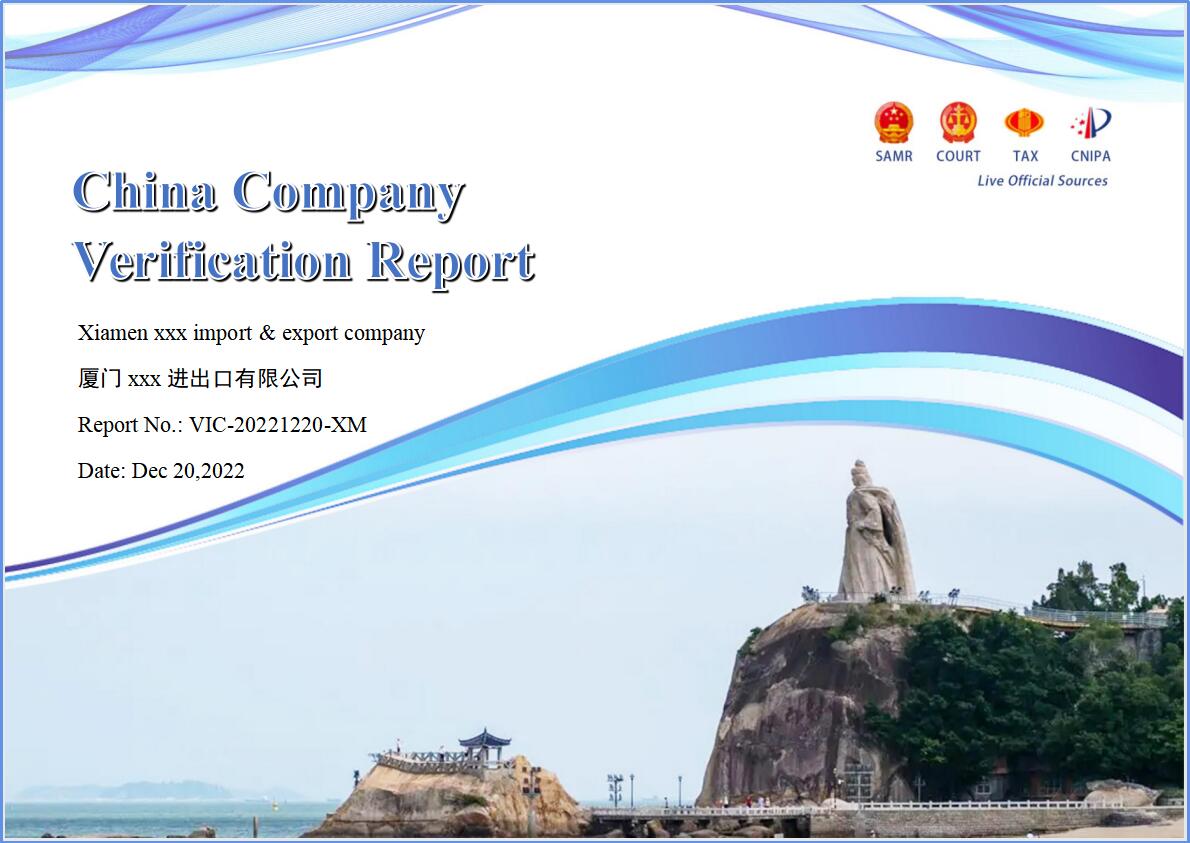Dingqing County is under the jurisdiction of Qamdo City, Tibet Autonomous Region, located in the northeast of Tibet, west of Qamdo City, Tanyantaweng foothill, Dingqing Tibetan means "great platform". The geographical coordinates are 94°39 '-96°17' east longitude and 31°01 '-32°21' north latitude. It is adjacent to Wuqi County in the east, Baqing County and Suo County in Naqu City in the west, Luolong County and Biba County in the south, and Zadoo County and Nangqian County in Qinghai Province in the north. According to the seventh census, as of midnight on November 1, 2020, the permanent population of Dingqing County was 98,677.
Dingqing County covers an area of 12,955 square kilometers. In 2014, it has jurisdiction over 2 towns and 11 townships (5 of which are pure animal husbandry townships).
The national handicraft industry in Dingqing County is well developed, mainly producing knitting, pottery making, carpet, pulu, Tibetan clothing, boots, harness and silverware. Black Chang highway runs through the county. Ten towns have been opened to traffic, with a mileage of 261 kilometers. And some rural roads were built.
In 2019, the general budget revenue of Dingqing County was 53.98 million yuan (including 19.8 million yuan in taxes), the investment in fixed assets was 913.3764 million yuan, the balance of bank deposits and loans were 1.155 billion yuan and 1.255 billion yuan respectively, and the total retail sales of consumer goods were 536.95 million yuan.
In October 2018, the People's Government of the Tibet Autonomous Region officially approved the withdrawal of Dingqing County from poverty.
Minimize the Risk and Scam
Within 2 Working Day
$ 135 USD
